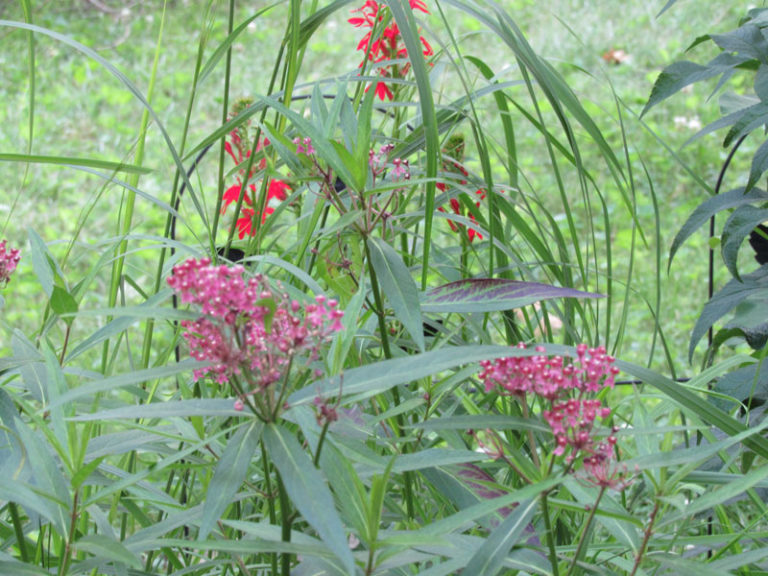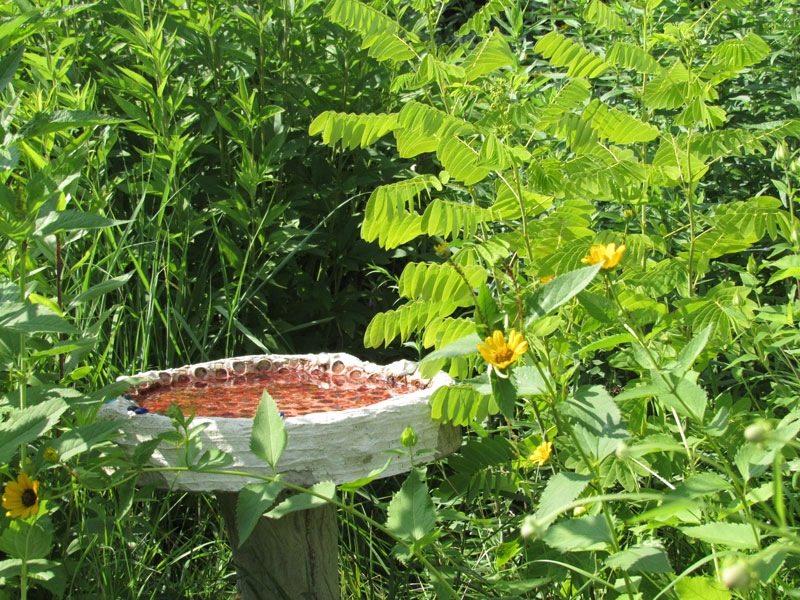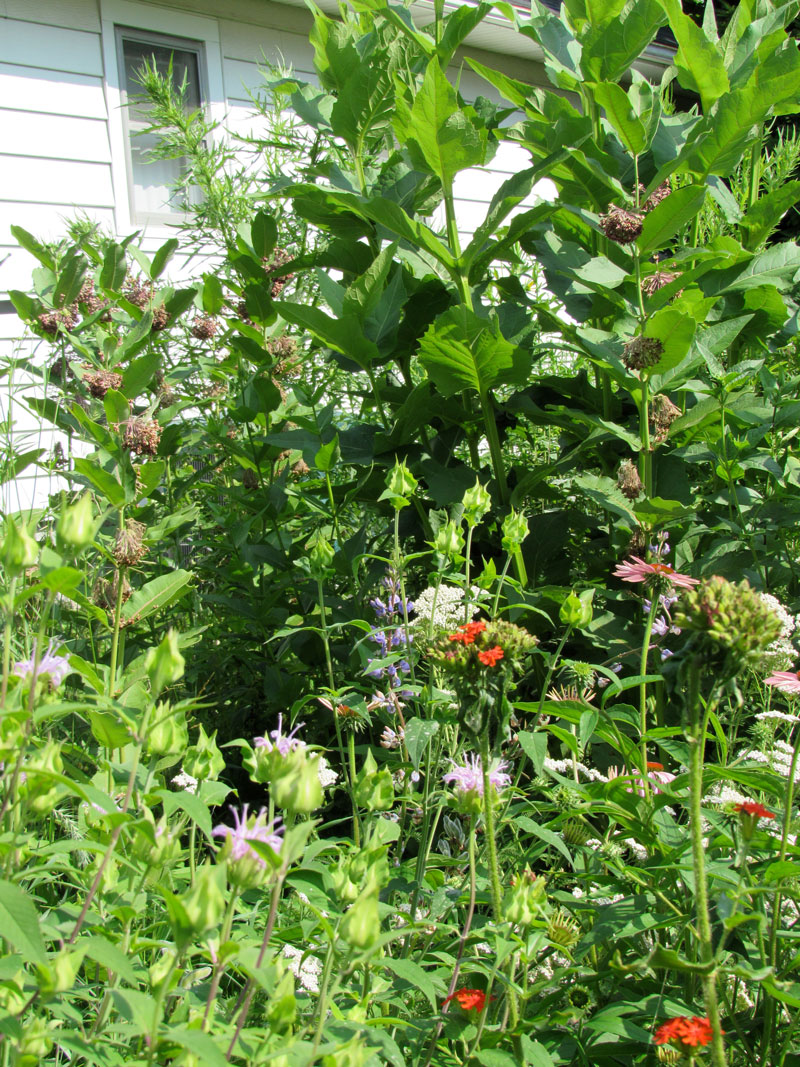
By Alex Singer
Wisconsin Master Naturalist
Alex Singer started providing input into amending the “natural lawn” ordinance together with fellow Wild Ones Madison Chapter members when converting his turf grass lawn into prairie and upon learning that among the City’s Pollinator Protection Plan recommendations was: “Revise the ‘natural lawns’ permit requirements and ‘noxious weeds’ policy to broaden the opportunity for homeowners to attract pollinators by utilizing native species and gardens.”
The difference between “native” and “natural” isn’t a matter of semantics when talking about our gardens and yards. The former refers to wildlife, including plants, that are indigenous to an area (however you define that), whereas the latter is subjective and open to wide interpretation.

native species of plants. Photos by Timothy Garrett
In response to the continuing decline of pollinators throughout the country, in 2016 the City of Madison joined Dane County and the State of Wisconsin in passing a Pollinator Protection Plan, which in turn led to a review and revision of the long-outdated “Natural Lawn” ordinance (Sec. 27.05(2)(f)). This ordinance was a means of allowing property owners to include native grass species of any height in their landscape through a cumbersome application process, otherwise verboten due to the bogeyman of “unkempt” yards with 8-inch grass. Still extant, “An Introduction to Naturalized Landscapes: A Guide to Madison’s Natural Lawn Ordinance,” which at the time was considered fairly progressive, was last revised in 1991 and uses 1987 dollars.
Rather than scrapping the ordinance or substantively amending it, the subcommittee working on this issue kicked the (gas) can down the road. This so-called “natural lawn lite” revision, with an undue amount of input from the city’s Building Inspection Division, not only maintains use of the term “natural lawn” (though I was able to get the term “natural landscape” introduced), but makes inspection more difficult by only allowing arbitrary percentages of arbitrary species of native grasses (some were nixed due to aggressiveness, possible damage to dogs’ mouths [I say, canine emptor], or sharp leaves [ever get a paper cut?]) on various parts of your property, mandates setbacks from neighboring properties (but only the grasses and not if your neighbor is okay with them being closer) and retains the wholly subjective language “maintained so as to enhance the appearance and value of the property on which located.”
Seemingly, the most common complaint received by the Buildings Inspection Division about residential yards is that they’re not being “maintained.” But besides keeping grass eight or more inches tall and maintaining plantings the requisite distance from the neighbors, both subjective examples easily measured, how will inspectors judge the mostly vague complaints?

native species of plants. Photos by Timothy Garrett
Confused? As well you should be. As tastes change and science informs us, so should ordinances. But just remember, not only pollinators but all native creatures will thank you if you minimize your turf lawn area and maximize the other species of plants, particularly natives.
A memo to the Madison Food Policy Council Oct. 2016 from Alder Ledell Zellers included this background information on the ordinance and amendments: “The group considered eliminating the portion of the ‘Natural Lawns’ ordinance that requires submitting an application to the city for approval to grow a prairie over most of a person’s property. However, staff expressed concern that it could result in complaints by neighbors that could not then be addressed. As a result the proposal is for Natural Landscapes ‘lite’.”